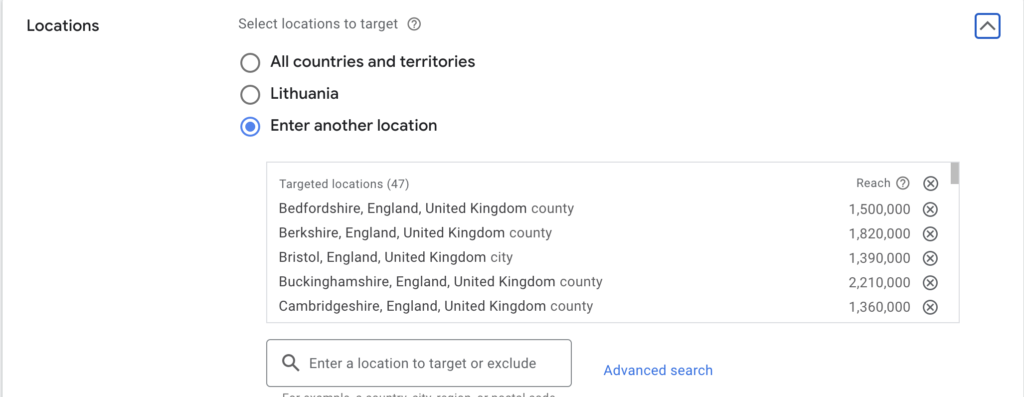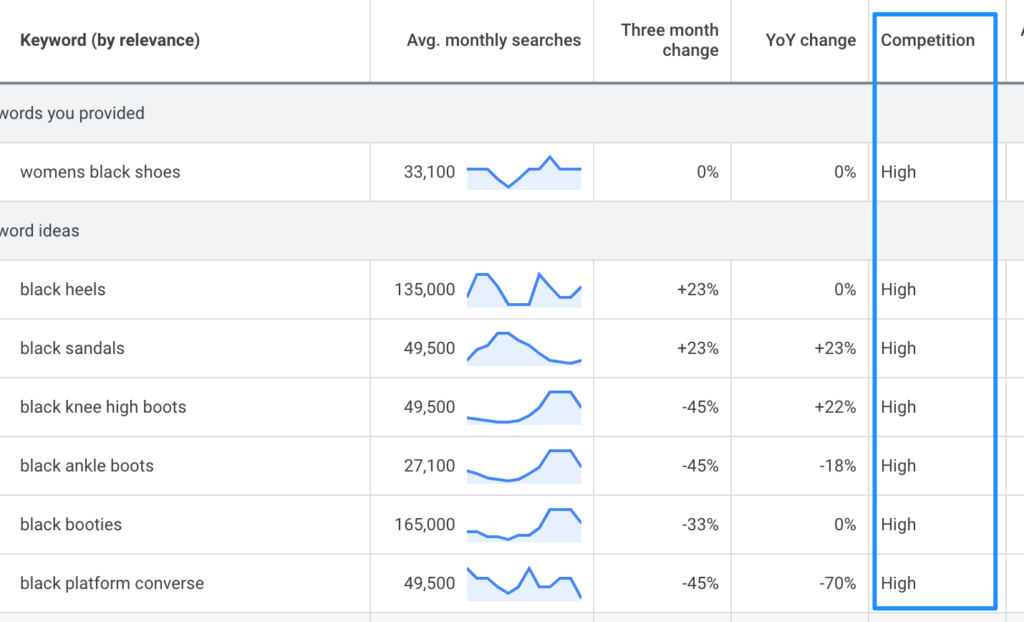
Google advertising is one of the most popular and effective ways for businesses to reach their target audience. With over 5 million active advertisers and billions of searches conducted on Google every day, it is a valuable platform for companies looking to gain visibility and drive traffic to their websites. However, with so many variables and factors involved in online advertising, it can be difficult to understand the true Google Ads cost. This is why it is crucial for businesses to have a clear understanding of the factors that impact the cost of Google Ads and how they can effectively manage and control their advertising spend.
What factors affect the cost of Google Ads?
There are several key factors that will impact the cost of your Google Ads: bid amount, targeting options, competition, and quality score.
You can’t affect competition, but the other three are what you can focus on if you want to optimize spend.
Bid Amount: Your bid amount is the amount you are willing to pay for each click or impression of your ad. The higher your bid amount, the more likely your ad is to appear higher in the search results and get more visibility. However, this also means that you will spend more.

Targeting Options: The targeting options you choose for your Google Ads will also impact the cost. The biggest impact here is the country you choose as the cost per click can differ even ten times. For example, if we take the US, the most expensive states are New York and California.

Competition: This is the one factor you can’t control, as there will always be competition. But the more people bidding on the same keywords, the more expensive they become. It helps to stay away from very competitive keywords.

Quality Score: Since Google is not just a simple auction where the highest bidder wins, it uses a quality score to evaluate the relevance and quality of your ad. It helps to level the playing field. The higher your quality score, the lower your cost per click will be. This is how Google rewards you for creating great campaigns.

Cost Models or bidding strategies for Google Ads
In Google Ads, these are called bidding strategies. It just tells Google how you want to bid: cost per click (CPC), cost per 1000 impressions (CPM), and cost per action (CPA).
Cost per Click (CPC): CPC is the most common strategy used in Google Ads. You specify how much you want to pay for each click on your ad. Makes it easy to calculate spend.
Cost per 1000 impressions (CPM): this may be confusing as you pay not for a single impression but for 1000 impressions. Impressions are the number of times your ad is displayed. The biggest downside of this strategy is that you pay for an impression no matter if the ad was clicked or a person made a purchase. That’s way it is usually used for branding purposes.
Cost per Action (CPA): In Google Ads you can specify what action on your website constitutes a conversion. Usually, it’s a purchase or a signup, something your business values a lot. CPA is based on the number of actions taken as a result of your ad. You pay each time someone takes a specific action as a result of your ad. But what not many people know is that deep inside Google machine, you still pay for clicks. The algorithm just calculates how much clicks are needed to get a conversion, what is the current CPC and just tries not to exceed your specified CPA. But this is a great strategy if you already have a lot of conversions happening on your website.
Average Google Ads Cost
From my experience, the cost of advertising on Google depends on the country and product. The CPC can vary from around $0.30 to about $7.00. In European countries, the average CPC can be $0.60, while in the US, it can be $2.00.
It is harder to compete in economically strong countries as the demand is high for almost all products or services.
This is where the product or service comes in. Let’s just call it your offering. Even though the price per click can be high, you should not concentrate on it. It helps you to understand the cost involved as you will need from several hundred to several thousand clicks. But it’s the ROI you should focus on.
Let’s look at it through an example. Let’s say the avg. CPC is about $2. You will probably need 500 clicks, which will be about $1000 in advertising spend. But if that money brings in sales worth $2000, that means that each $1 spent on a click gets you 2$ in revenue. So, in this case, the CPC is not that high, right?
I mentioned that competition might be a factor in increased costs. But I don’t like to focus on this as I can’t do anything about it. The only thing you can do is avoid competitive industries, such as insurance, finance etc. But what kind of strategy is this? What if you are in the finance business and you need to increase your sales? I say, focus on making your offering (product, service, websites) better. By making sure your website converts better, you’re increasing your ROI, which means you can afford to bid higher.
How to manage your Google Ads cost
Google Ads can be an effective and cost-efficient way to reach your target audience and promote your business. However, it is important to understand that it is not a set-and-forget deal. You have to constantly be on top of things. So, let’s look at what you can do to make sure you’re correctly managing your Google Ads cost.
Daily budget
Google Ads uses a daily budget for most campaigns. It might not be very clear since most companies operate on monthly budgets. But it should be hard to divide the monthly budget by 30 days. Don’t forget that Google can exceed the daily budget by about 20%, but it will even out during the month. Try not to set a high budget at the start. This way, you will make sure you won’t overspend within the first days of your campaign. And don’t be afraid to lower it or increase it as well. If you’re not getting a lot of clicks daily, it is better to increase the budget so that you can find out sooner if the campaign is performing.
Monitor performance and adjust bids
Google Ads account has to be maintained. If you leave your campaigns unattended for a long time, the performance will drop, and you will start wasting your money. It is important to monitor the performance of your Google Ads campaigns regularly and make adjustments to your bids based on performance. If your budget is below $2000, weekly adjustments are fine. In some cases, even by-weekly. If you spend more than that, you might have to log in a couple of times per week. Anything above $50k requires daily supervision. This will help you to maximize your ROI by ensuring that your ads are shown to the right people at the right times, and that you are not spending more money than you need to.
Improve Quality Score
Google uses a Quality Score to determine the relevance and quality of your ads. The higher your Quality Score, the more likely your ads are to be shown to your target audience and the lower your cost per click (CPC) will be. There are several things you can do to improve your Quality Score, including:
- Use keywords in your ads. Learn how to create responsive search ads.
- Create relevant landing pages
- Increase your CTR (click-through rate)
- Bid higher (this makes your ad show higher and get better CTR). More on
Conclusion
Google Ads can be very effective in getting your traffic that converts. There are plenty of targeting options that help you reach people who are most likely to be interested in your product or service. But you have to make sure to keep an eye on your campaigns. Setting a high daily budget and leaving it for too long is a sure way to spend your whole budget in just a few days. You don’t want that.
My biggest advice is to carefully calculate how much you can pay for each conversion (purchase, sign up, etc.) And take it from there. You will see that it’s the ROI that dictates your CPC and spending, not the other way around.
I share weekly tips on how to create, manage, and scale Google Ads campaigns. Subscribe to my free newsletter.
I’m also down with connecting on LinkedIn.
Or follow me on X, for some quick updates and fast insights.